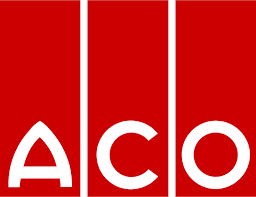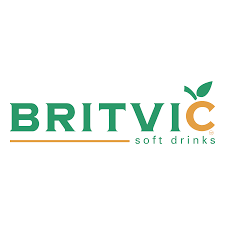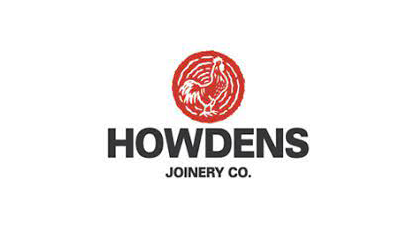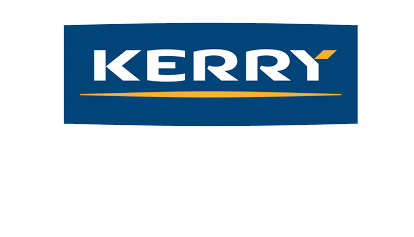
- Details
- Category: Blog
In Manufacturing and Process plants, the most common causes of lost performance and wasted effort are front line skill and knowledge gaps.
Although this is often seen as a problem for trainers to deal with, the causes of the problem include the way in which tasks are defined, how standards are set and the how skill levels are categorised.
Effective skill development involves feedback from trainers and collaboration with those involved in setting standards and defining skill levels to enhance the pace of learning and compliance.
Harnessing the Science of Learning
Have you ever wondered why you find some things easy to learn whilst others are more difficult.
When things are easy to learn your mind has built on something you already know or are good at to achieve what is known as Instinctive learning.
When you try something for the first time that you have no experience to call on, it is much harder to learn. Not only is it harder to learn but to be retained, the learning must be reinforced with practical application as soon as possible.
Now take a look at your plant and the tasks that are needed to add value. How many of those fit into the instinctive learning category?
It is little understood but one of the goals of the Standardisation process is to release the potential of Instinctive learning. That not only speeds up the learning process but it also improves compliance, safety and workforce flexibility.
That is why when standard work works well it is
- Easy to do right,
- Difficult to do wrong and
- Simple to learn.
Making Standard Work Easy
To improve compliance, enhance ease of use based on feedback from users.
Use that feedback should to assess whether there are weaknesses in the underpinning processes including:
- Role Definition
- Task design
- Learning Pathways
- Training and skill development
If these processes are not clearly defined, the may be weaknesses in activities to refine usability, clarify skill levels or combine tasks to achieve the most productive sequencing.
The quality of standard work benefits from application testing and feedback from users. The scope of that feedback should also consider whether there are gaps in the processes used to develop the standard work routine.
Just as important are discussions with front line teams around how to improve their working day. Those conversations are one of the most powerful levers that leaders have to engage their teams with change and improvement. That makes compliance easier to achieve.
Towards an Instinctive Learning Process
The maturity index below sets out a series of benchmarks to help you to assess strengths and weaknesses of each step in the development of standard work.
Treating these three as a single end to end process pays back handsomely in terms of safety, reliability, productivity and process yield.
These benchmarks are based on our work with well respected and award winning organisations. A score of 1 indicates a significant weakness, a score of 3 indicates acceptable a score of 5 is comparable with the practices of industry leading performers.
Review two or three of your complex or troublesome work routines against the benchmarks and consider what needs to be put in place to progress to at least an acceptable score in each process.
| Process |
Score |
1. Gap |
2. Inconsistent application |
3.Acceptable |
4.Good Practice |
5.Exemplar |
|
Role Definition |
Training is carried out as required. New tasks and instructions are added where needed. |
Training for each role is structured to systematically raise competence. The link between competency level and value added is measured and improved. |
Work is organised as a team activity supported by learning plan for each role. New tasks are integrated with existing workflow and learning plans Training and competency assessment are formally completed to confirm compliance. |
Personal learning plans are used to systematically develop the capability. Competencies are formally assessed involving feedback from trainees of what they have learned. |
There is a significant history of individuals using learning plans to progress from front line roles to specialist or leadership positions. |
|
|
Task Design |
Fragmented task structure. Not easy to visualise impact of individual tasks on process output quality. |
Tasks are categorised to create a systematic from Core to Intermediate to Specialist capabilities |
Task lists are structured to reinforce added value across the value stream purpose. Routine user reviews reduce human error risk and the need for technical judgement |
Standards are applied to common tasks to improve problem prevention and aid transfer of best practice across similar assets. |
There is a significant history of tasks that have been systemised to make it easy to do right, difficult to do wrong and simple to learn |
|
|
Application |
Compliance to standard practices is limited or achieved through audits. Informal methods are accepted as unavailable. |
Problem hot spots are identified and prioritised as part of front line team engagement to systematically improve complex or difficult to complete tasks. |
Tasks are routinely reviewed by front line teams to raise standards, reinforce good practice, try out new ideas and create self managed systems. |
There is a history of complex tasks that have now been systemised so that they are completed consistently by all team members without instruction. |
There is a significant history of delegation of routine tasks to release time for higher value added activities such improvement projects. |
If you need help in any of these areas, why not check out our web site resources covering "Ratcheting up performance".








